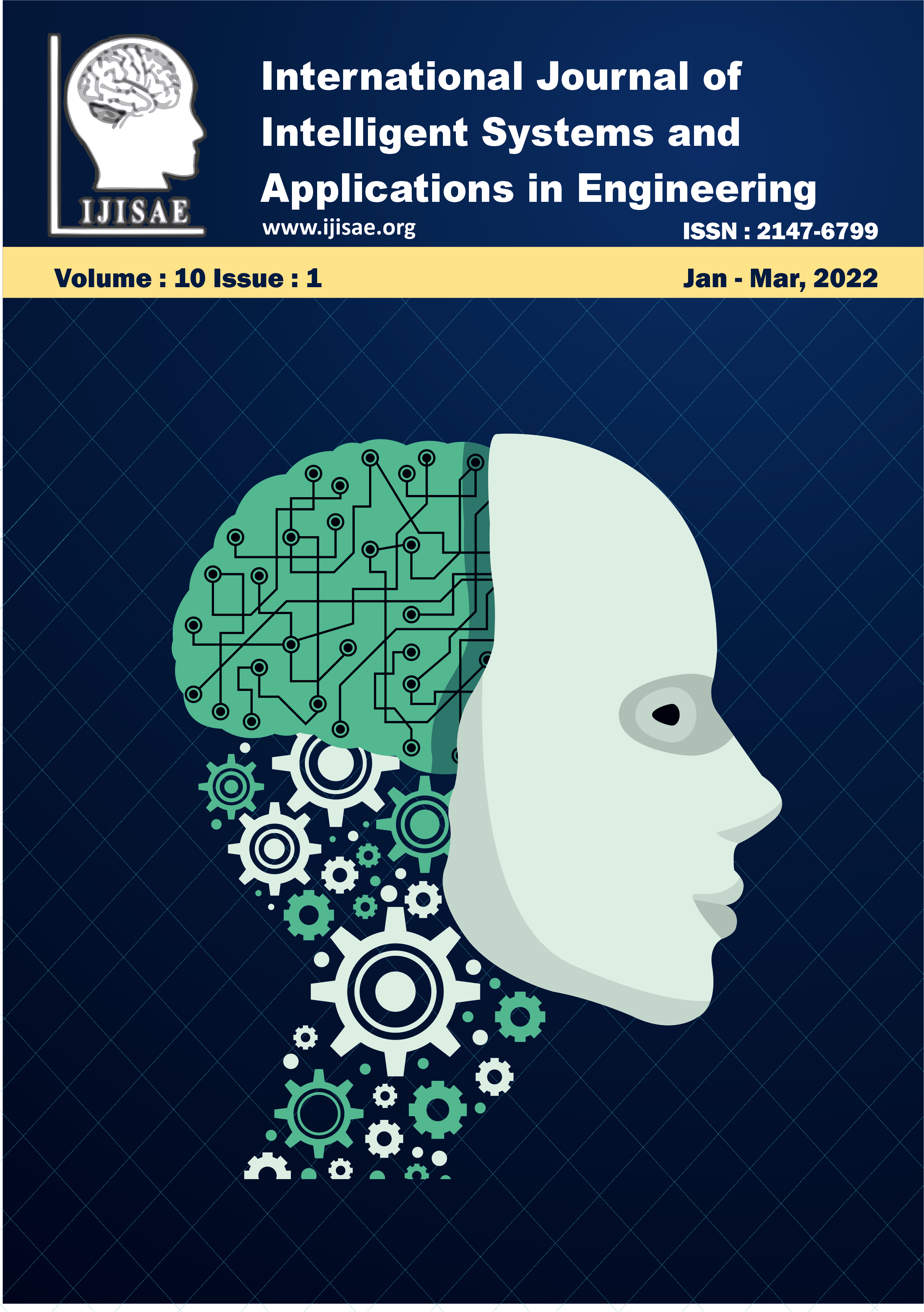Enhancing Credit Card Product Management Through Machine Learning Insights and Predictive Analytics
Keywords:
Machine learning, credit card management, predictive analytics, customer behavior, product innovation, data-driven strategies.Abstract
In the cutthroat credit card sector, efficient product management is essential and necessitates a thorough comprehension of consumer preferences, industry trends, and operational difficulties. The use of predictive analytics and machine learning (ML) to improve credit card product management is examined in this study. Institutions can create products that are suited to a variety of user categories by utilizing sophisticated machine learning algorithms to examine spending habits, client transaction patterns, and demographic information. The study shows how predictive analytics helps make well-informed decisions about things like interest rate optimization, reward structuring, and client retention tactics. Furthermore, proactive risk management and the detection of new market opportunities are made possible using machine learning insights. The success of these strategies in enhancing competitive advantage, customer satisfaction, and operational efficiency is confirmed by case studies and experimental studies. The results demonstrate the revolutionary potential of data-driven approaches to credit card lifecycle management and product creation.
Downloads
References
Brown, T., Green, M., & Davis, S. (2019). Credit risk assessment using machine learning models. Journal of Risk Management, 12(1), 34–49.
Barclays Bank. (2021). Enhancing fraud detection with machine learning. Internal Report.
FinTech Inc. (2020). Innovations in credit card products using ML. FinTech Review, 8(1), 5–21.
Jain, A., & Gupta, R. (2020). Personalization strategies in credit card marketing using clustering techniques. International Journal of Data Science, 8(3), 175–192.
Johnson, K., & Park, E. (2019). Revenue optimization through predictive analytics. Harvard Business Review, 92(6), 36–42.
Lee, J., & Kim, H. (2021). The role of interpretability in financial machine learning models. Journal of AI Ethics, 5(1), 1–19.
Miller, C., Taylor, B., & Andrews, J. (2021). Predicting customer retention in the financial industry. Journal of Marketing Science, 23(3), 193–209.
Nguyen, P., Tran, D., & Vo, T. (2020). Fraud detection using machine learning algorithms: A comparative study. Computers in Industry, 125, 101–115.
Patel, V., Shah, P., & Mehta, R. (2020). Ethical challenges in data-driven financial services. Ethics in AI, 7(2), 201–218.
Smith, J., Johnson, R., & Lee, H. (2021). Machine learning for customer segmentation in financial services. Journal of Financial Analytics, 15(4), 245–267.
Singh, R., & Roy, S. (2020). Challenges in adopting predictive analytics in banking. Journal of Financial Innovation, 14(2), 117–132.
Wang, J., & Chen, Z. (2020). Temporal modeling for default prediction. Journal of Financial Technology, 10(2), 97–115.
Zhang, X., Wang, Y., & Chen, L. (2021). Anomaly detection in credit card transactions. IEEE Transactions on Big Data, 9(2), 501–513.
Behrens, A., & Schumann, M. (2020). Machine learning applications in financial services. Journal of Computational Finance, 24(2), 112–129.
Chen, W., & Zhao, F. (2019). Credit scoring models using machine learning techniques. Journal of Banking and Finance, 102, 256–270.
Das, S., & Banerjee, A. (2021). Leveraging AI for customer retention in banking. Journal of Financial Marketing, 18(4), 207–224.
Evans, R., & Lee, M. (2020). Ethical implications of AI in financial services. Journal of AI Policy, 3(1), 45–63.
Harris, J., & Thomas, B. (2021). Predictive modeling in financial services. International Journal of Predictive Analytics, 12(3), 201–218.
Kim, S., & Lee, J. (2019). Machine learning in credit card fraud detection. Journal of Financial Data Science, 6(1), 87–99.
Park, H., & Lim, K. (2020). Predictive analytics in banking: A case study approach. Banking Innovation Quarterly, 5(2), 56–73.
Illuri, B.; Sadu, V.B.; Sathish, E.; Valavala, M.; Roy, T.L.D.; Srilakshmi, G. A Humanoid Robot for Hand-Sign Recognition in Human-Robot Interaction (HRI). In Proceedings of the 2022 Second International Conference on Advances in Electrical, Computing, Communication and Sustainable Technologies (ICAECT), Bhilai, India, 21–22 April 2022; pp. 1–5.
Srinivas Gadam, Content Moderation with Highly Available Azure Load Balancing., Library Progress International Vol. 42 No. 2 (2022)
Chitrapradha Ganesan. (2022). Optimizing Customer Insights with Machine Learning Algorithms: An AI-Based Approach to CRM Systems. International Journal of Intelligent Systems and Applications in Engineering, 10(3s), 361–370.
Srinivas Gadam. (2022). Optimizing Enterprise Data Management with Microsoft Azure: Scalability, Security, and Innovation. Journal of Computational Analysis and Applications (JoCAAA), 30(2), 478–495.
Srinivasa Subramanyam Katreddy, AI-Driven Cloud Security: Enhancing Multi-Tenant Protection with Intelligent Threat Detection, Journal of Informatics Education and Research, Vol. 2 No. 3 (2022)
Srinivasa Subramanyam Katreddy. (2018). Building Cloud-Based Real-Time Data Pipelines for Dynamic Workflows . Journal of Computational Analysis and Applications (JoCAAA), 25(8), 49–66.
Downloads
Published
How to Cite
Issue
Section
License

This work is licensed under a Creative Commons Attribution-ShareAlike 4.0 International License.
All papers should be submitted electronically. All submitted manuscripts must be original work that is not under submission at another journal or under consideration for publication in another form, such as a monograph or chapter of a book. Authors of submitted papers are obligated not to submit their paper for publication elsewhere until an editorial decision is rendered on their submission. Further, authors of accepted papers are prohibited from publishing the results in other publications that appear before the paper is published in the Journal unless they receive approval for doing so from the Editor-In-Chief.
IJISAE open access articles are licensed under a Creative Commons Attribution-ShareAlike 4.0 International License. This license lets the audience to give appropriate credit, provide a link to the license, and indicate if changes were made and if they remix, transform, or build upon the material, they must distribute contributions under the same license as the original.






